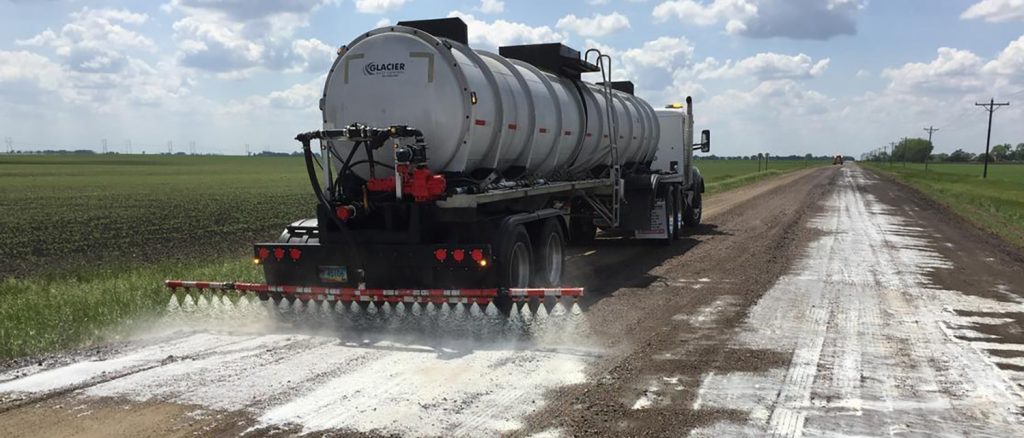Minnesota Soybean Growers Association (MSGA) Director Lawrence Sukalski has reached out to his liability insurance agent to discuss dicamba, and he advises fellow growers not to hesitate reporting suspected dicamba damage in their fields.
“Most importantly, growers who think they might be suffering from dicamba damage need to make sure they’re covered for insurance reasons before it’s too late in the season,” the Martin County farmer says. “They shouldn’t be afraid to file a report. We want to be as diligent as we can on the dicamba issue to properly manage this, and that starts with documentation.”
Earlier this week, the Minnesota Department of Agriculture (MDA) had reported receiving 54 dicamba-related complaints, well below the numbers seen in other states.
Joshua Stamper, MDA’s Pesticide & Fertilizer Management Division director, says the names of people filing potential dicamba-related complaints are kept private within the department, and aren’t shared publicly.
“The potential for drift is always going to be there, but we don’t believe these cases to be off-label uses,” Stamper says. “We do advise farmers to follow the best management practices, cross their Ts and dot their Is.”
Stamper says a complaint doesn’t necessarily mean dicamba drift is to blame; other culprits and factors could be to blame. Most complaints are inspected in approximately one week.
“Drift, volatility and failure to properly clean sprayers, these are all on the table for causes, but it’s hard to know unless folks report and document any damage they might observe,” says Tom Peters, extension agronomist at North Dakota State University. “This is important because the only way we can learn more about dicamba drift is by compiling the reported data. We need to see the full numbers before issuing any conclusions.”
Sukalski says MSGA is taking the issue seriously and proceeding with caution, but there is no cause for alarm at this stage.
“We’re trying our best to collaborate with industry partners and the MDA to find a solution,” he says. “MSGA is holding meetings and working hard to get the word out there that if you think you’ve experienced dicamba damage, the best course is to report it.”
For more information, growers can visit XtendiMax’s application requirement page or call 1-844-RRXTEND for questions regarding performance issues with a Monstano dicamba product.
DuPont recommends users always consult label and state requirements before applying FeXapan™ herbicide plus VaporGrip® Technology.
For stewardship information, product details and training around tank mix guidelines, nozzles and operating pressure, boom height, application timing, wind speed, ground speeds, buffer requirements, triple-rinse cleanout procedure and additional topics, visit FeXapan’s website and application requirements page.
MDA has also posted a dicamba fact sheet.
Growers can file a private complaint with MDA on their pesticide website
Tags: Dicamba






